Why silk is ideal for acne-prone skin
Acne isn't just linked to hormones or harsh skincare. What touches your skin at night also plays a major role. Between friction, perspiration, and fabrics that trap bacteria, skin conditions can easily worsen. Silk, on the other hand, offers a much softer and healthier environment: a true ally for soothing sensitive or blemish-prone skin.
Summary
- The main causes of acne
- The role of friction and bacteria in inflammation
- Why the choice of textile actually influences the skin
Understanding acne and skin irritations
The main causes of acne
Acne often develops due to excess sebum, inflammation, or bacterial overgrowth. Stress, hormones, and unsuitable skincare can exacerbate the problem. The skin barrier weakens, and the skin reacts more intensely to external aggressors.
The role of friction and bacteria in inflammation
Every night, your skin rubs against your pillow for several hours. This repeated friction creates micro-irritations that worsen existing blemishes and can encourage new ones. Traditional fabrics also more easily accumulate bacteria, dust, sweat, and skincare residue, creating an environment conducive to breakouts.
Why the choice of textile actually influences the skin
Your pillowcase acts as a true "isolation zone." If it's too absorbent, retains moisture, or has a rough surface, it can disrupt the skin's balance. Conversely, a soft, smooth, and clean fabric better supports the skin barrier and reduces irritation.
"A pilot study showed that wearing an antimicrobial silk textile every night for six weeks resulted in a clinically significant reduction in acne lesions, without any other concomitant treatment."
Source: PubMed (2017)
Why silk is beneficial for acne-prone skin
A naturally soft fiber that reduces friction
Silk is an exceptionally smooth fiber. Its surface reduces the coefficient of friction compared to materials like cotton or linen. In practical terms, your skin glides more easily over the pillow during the night, instead of being "stuck" by the fabric. This limits mechanical irritation and helps the skin feel calmer upon waking.
A less absorbent material: the skin retains its moisture
Unlike cotton, silk absorbs far less of the skincare products applied before bed. Your serums and creams stay on your skin longer, where they're needed, instead of being partially absorbed by your pillow. This helps your skin retain moisture better, promoting more harmonious nighttime regeneration.
A surface less conducive to bacteria than regular cotton
Silk's structure retains less impurity and moisture than regular cotton. Combined with regular washing, this creates a less-than-ideal environment conducive to bacterial growth. For acne-prone skin, this difference may help reduce some aggravating factors, but it is not a substitute for medical treatment.
Comparison: silk vs. cotton for sensitive skin
Absorption, hygiene, friction
Cotton is very absorbent: it quickly absorbs moisture, sweat, and skincare products applied to the face. This can leave the skin's surface drier and more fragile, especially if it is already sensitive. Silk, being less absorbent, better retains the skin's natural hydrolipidic film and nighttime skincare products, while also generating less friction. From a hygiene standpoint, a regularly washed silk pillowcase remains a clean and soft surface for the face.
Why silk creates a healthier environment for the skin
By limiting bacterial growth, better regulating moisture around the skin, and particularly mitigating mechanical irritation, silk helps create a healthier sleep environment. For acne-prone or redness-prone skin, every little reduction in irritation counts: silk acts as a more soothing environment in which the skin can better regenerate.
How to incorporate silk into an anti-acne routine
Choose a silk pillowcase
The simplest and most effective step is to choose a silk pillowcase rather than another material. A quality pillowcase, made of mulberry silk, offers a smooth and soft surface, ideal for minimizing nighttime irritation. It's an easy change to implement, one that supports your skin every night without altering the rest of your routine.
For example, you can discover the Maison de la Soie collection of silk pillowcases, specially designed for comfort and skin beauty.
Hygiene tips: washing frequency
To maintain the healthiest environment possible, it is recommended to wash your silk pillowcase about once a week with a mild detergent free of harsh chemicals. In cases of severe acne or when using very rich skincare products, washing it twice a week may be beneficial. Air drying, away from direct sunlight, helps preserve the fibers and their properties.
Use a silk-based cosmetic
Maison de la Soie also offers three skincare products formulated with organic silk: a day cream, a night cream, and a serum. Their light texture is gentle on sensitive skin and provides a boost of hydration without leaving a greasy residue. Integrated into a suitable routine, they perfectly complement the use of a silk pillowcase to support daily skin comfort and balance.
In conclusion, silk isn't a treatment for acne, but it's a valuable support for sensitive or inflamed skin. It limits nighttime aggressors, preserves moisture, and creates a healthier environment for the skin. Using a silk pillowcase is therefore a simple step to add to your anti-acne routine that can make a real difference to your skin's comfort and how it feels each morning.
Related articles
FAQ – Silk and acne
Can sleeping on a silk pillowcase really improve acne?
Why is silk better tolerated by acne-prone skin than cotton or polyester?
Can a silk pillowcase prevent pimples from appearing?
How often should a silk pillowcase be washed if you have acne?
Is silk enough to make acne disappear?
Can silk help with acne on the back or chest?
Enhance your skin naturally
Silk can truly transform the quality of your skin, especially if it's sensitive or acne-prone. Discover our silk pillowcases and organic silk skincare products to gently complement your routine.


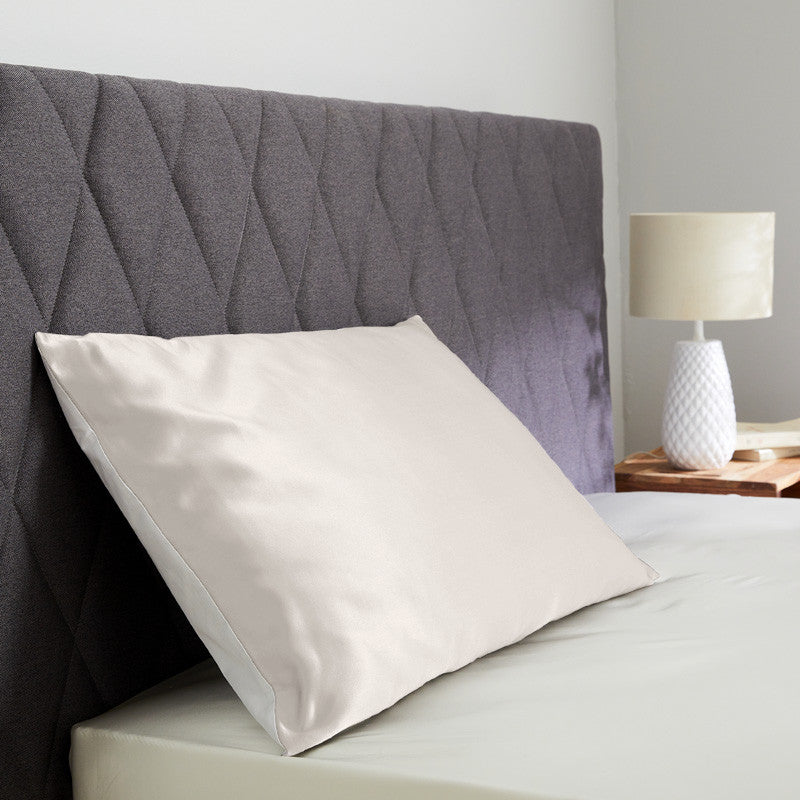

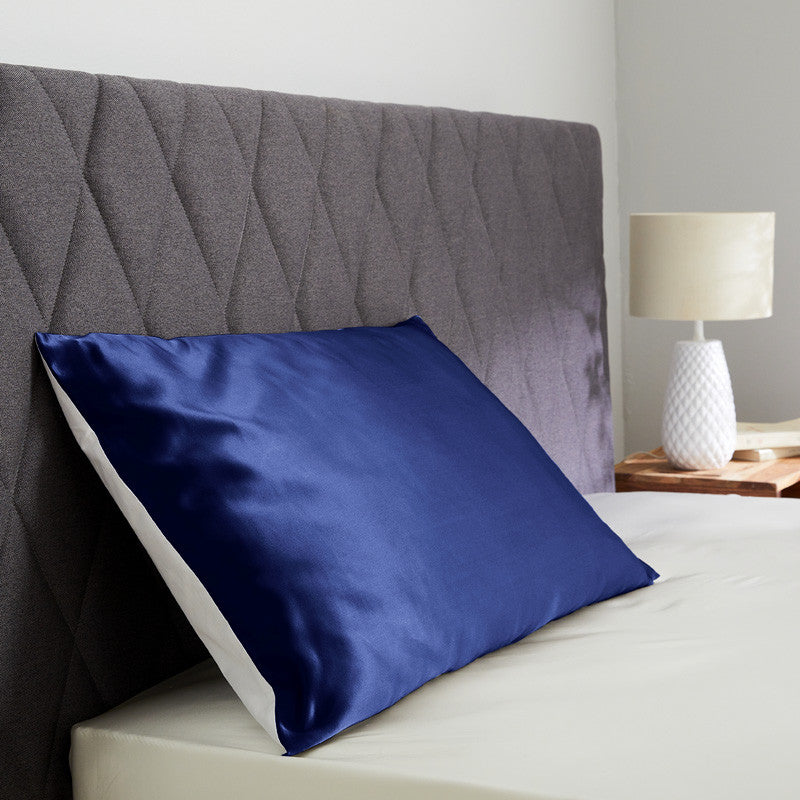

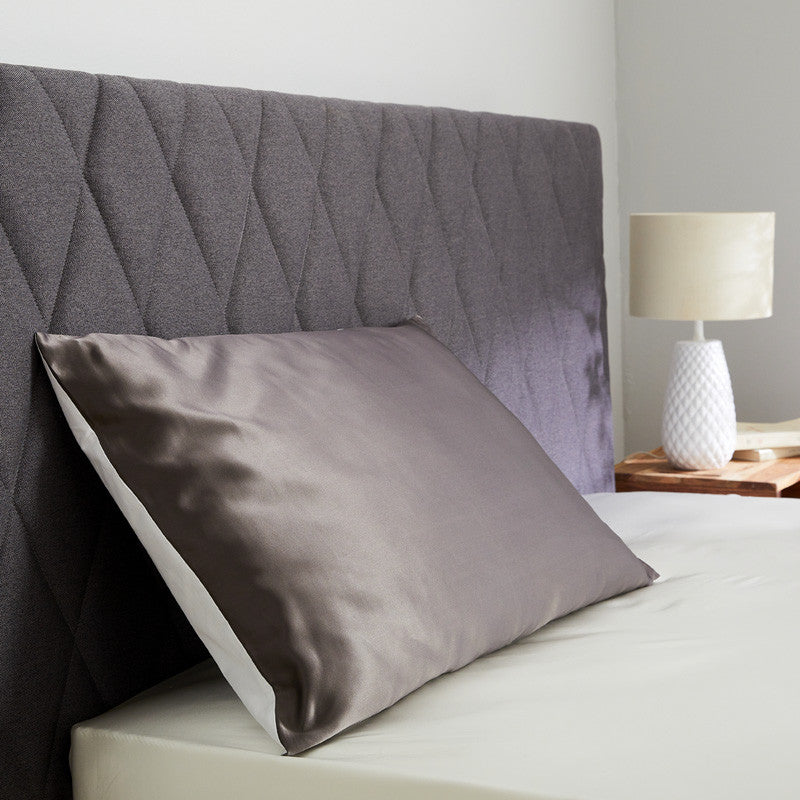
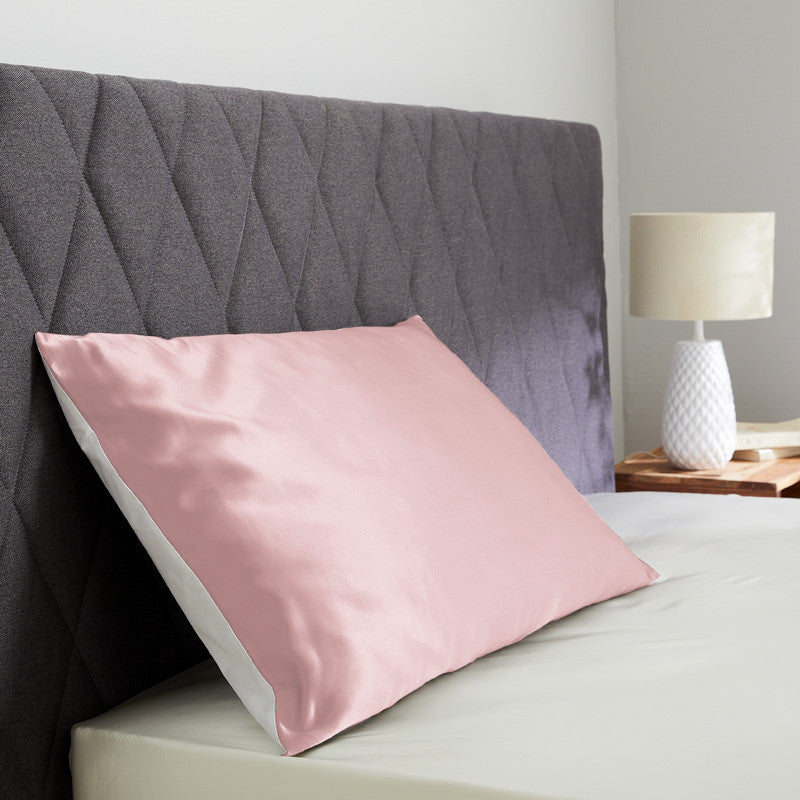


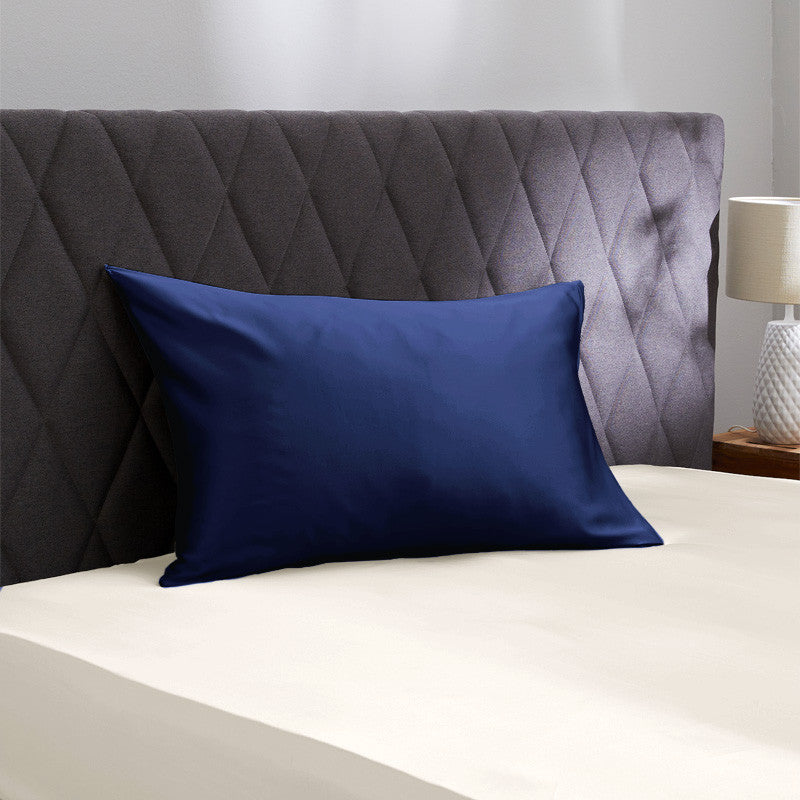
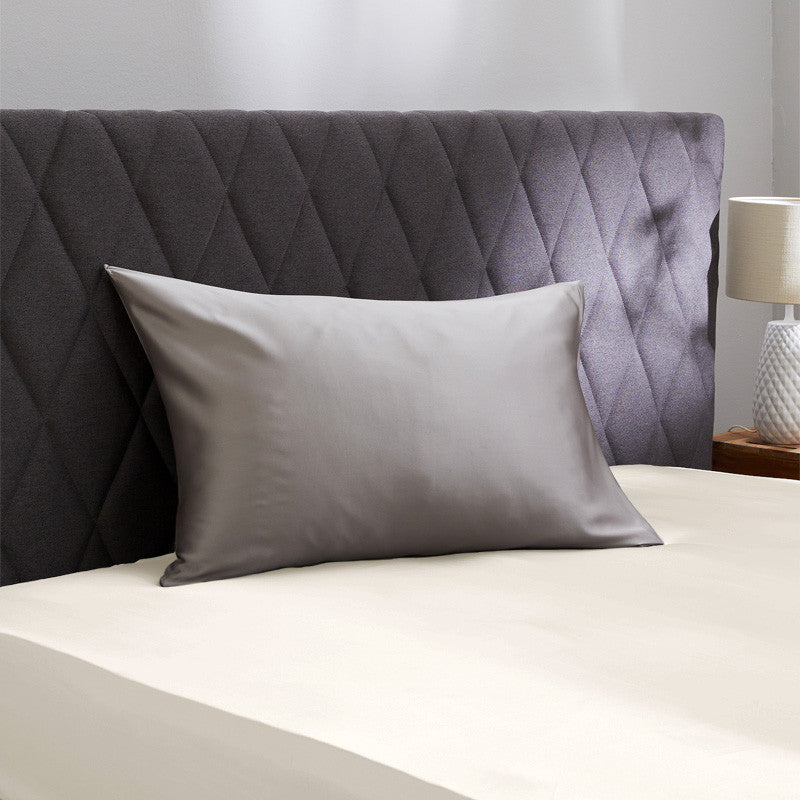


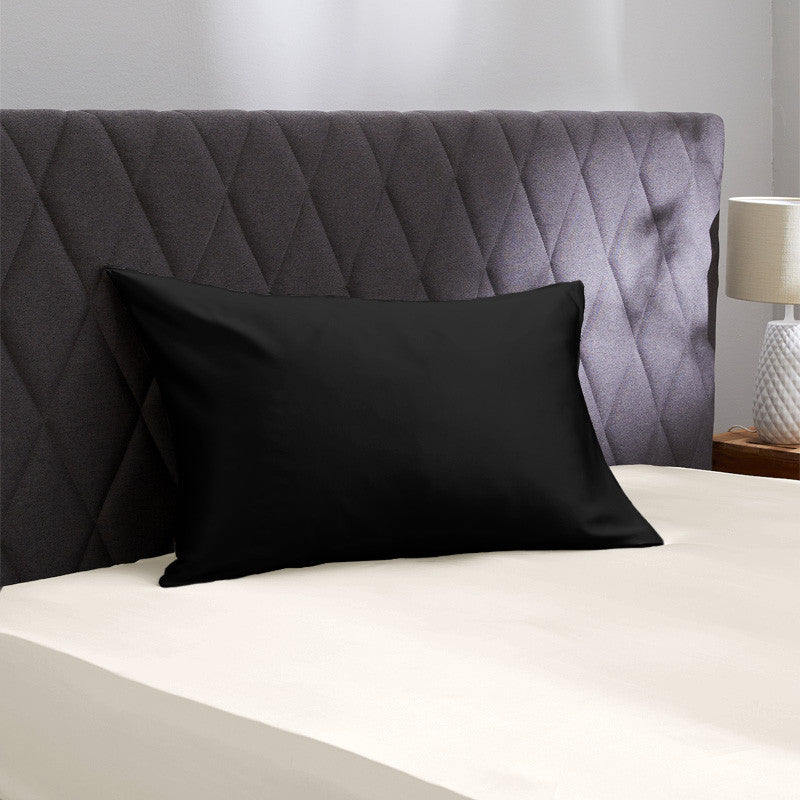



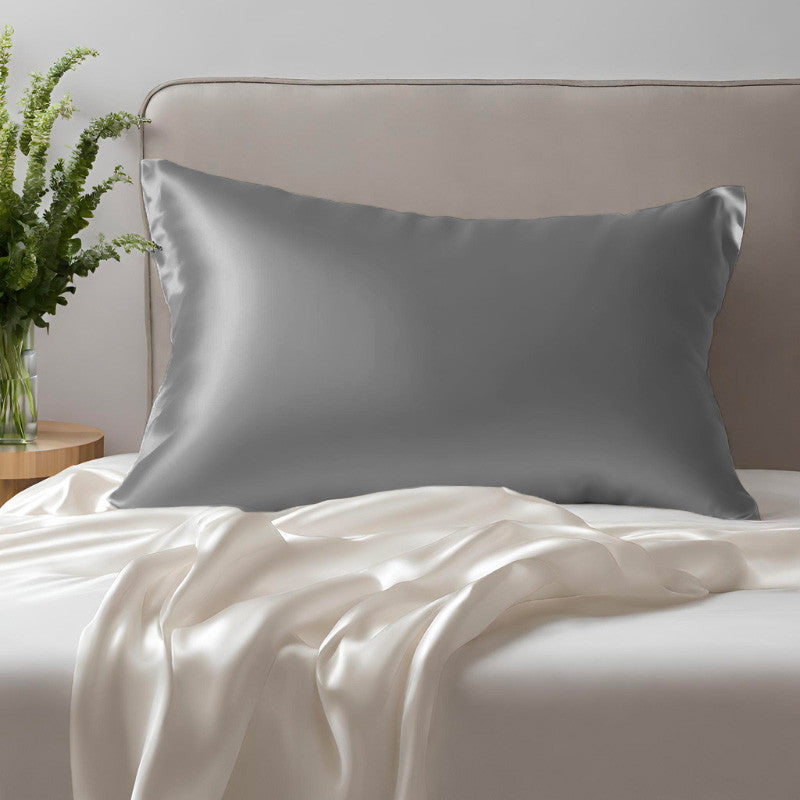

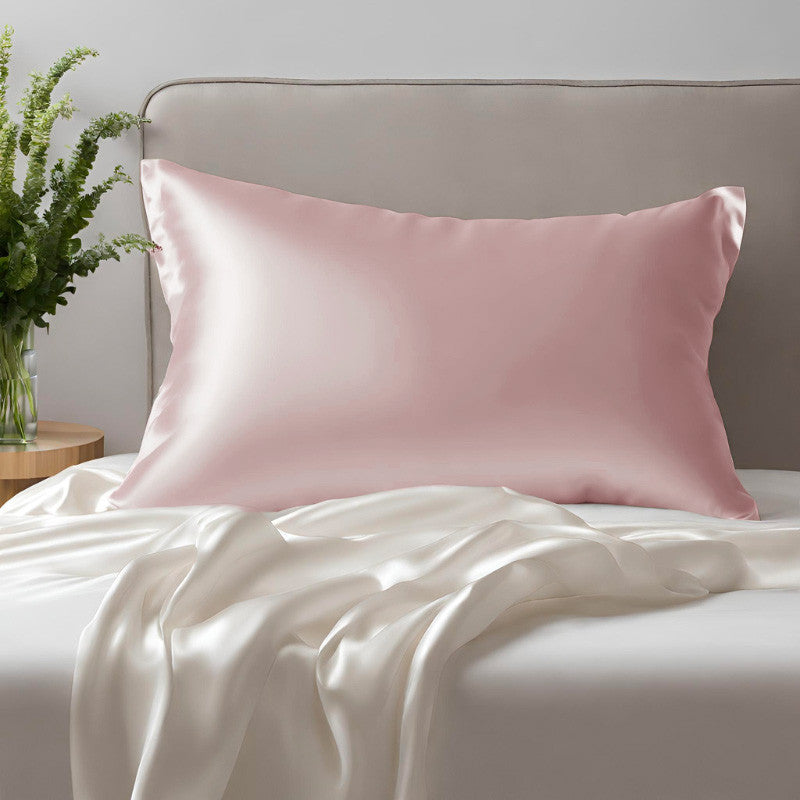
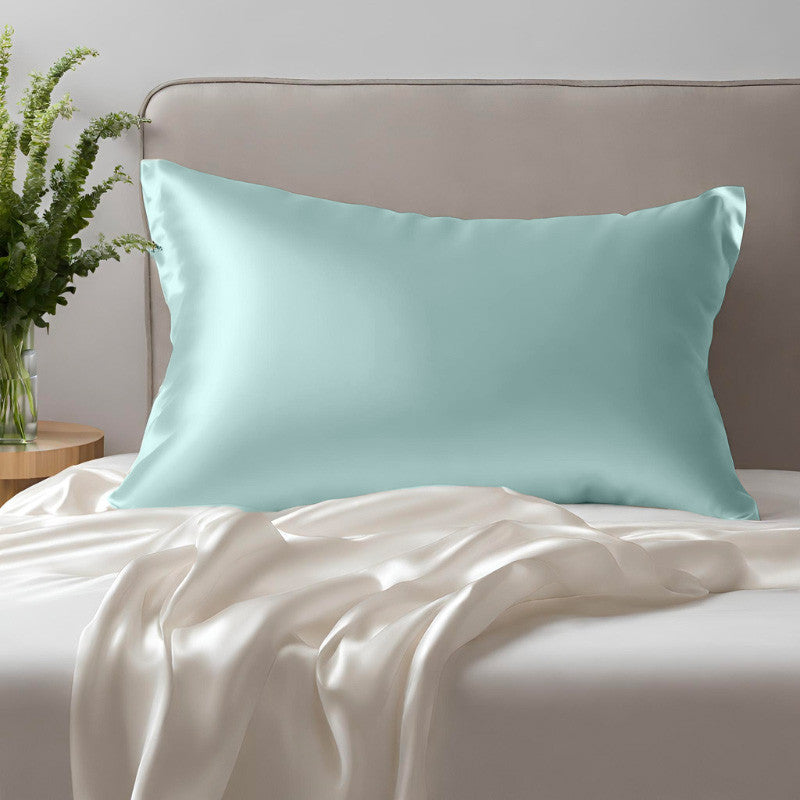

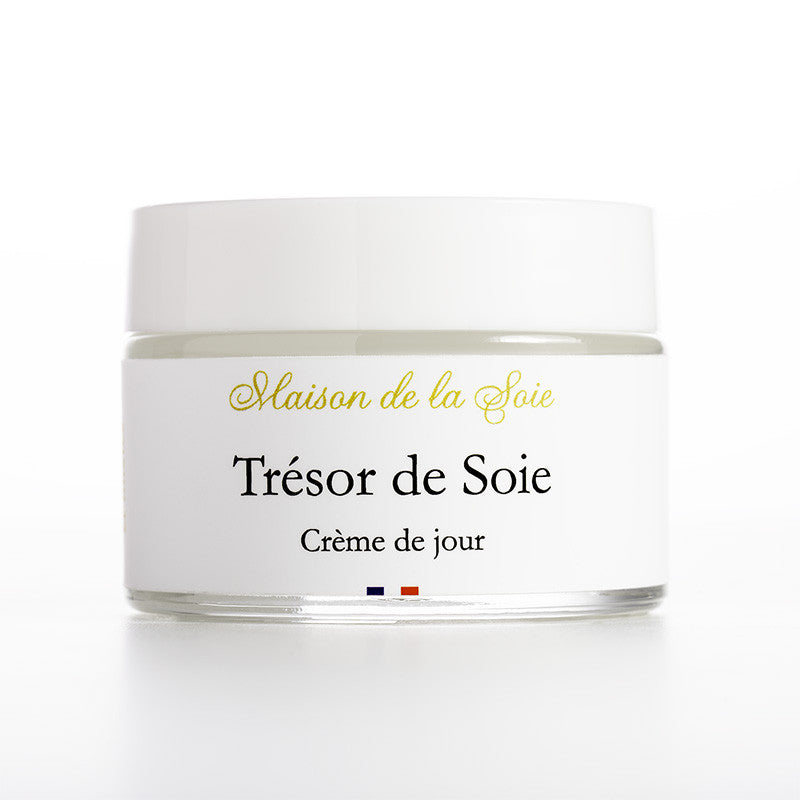
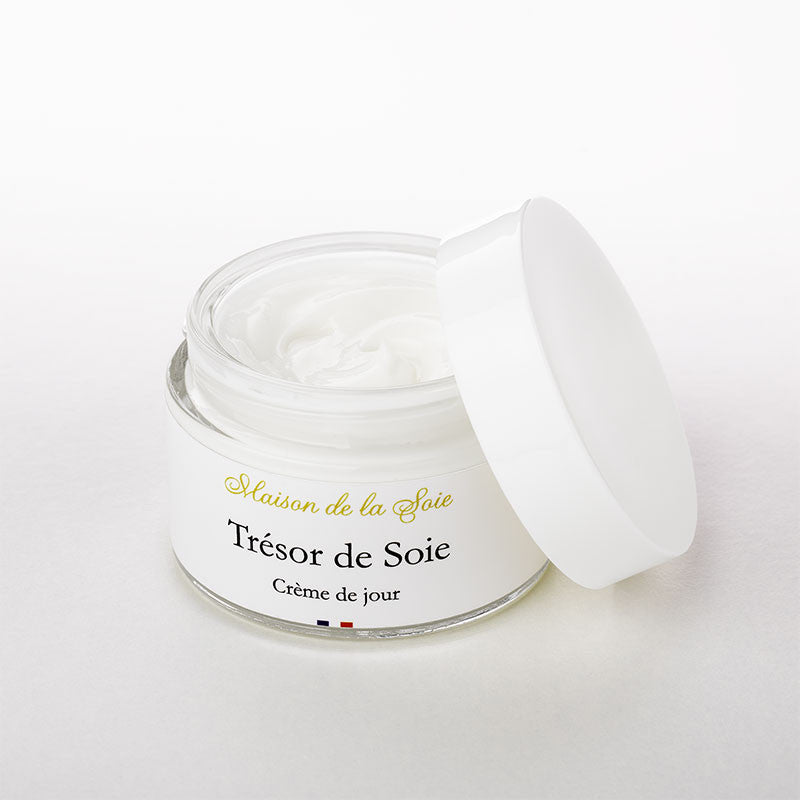


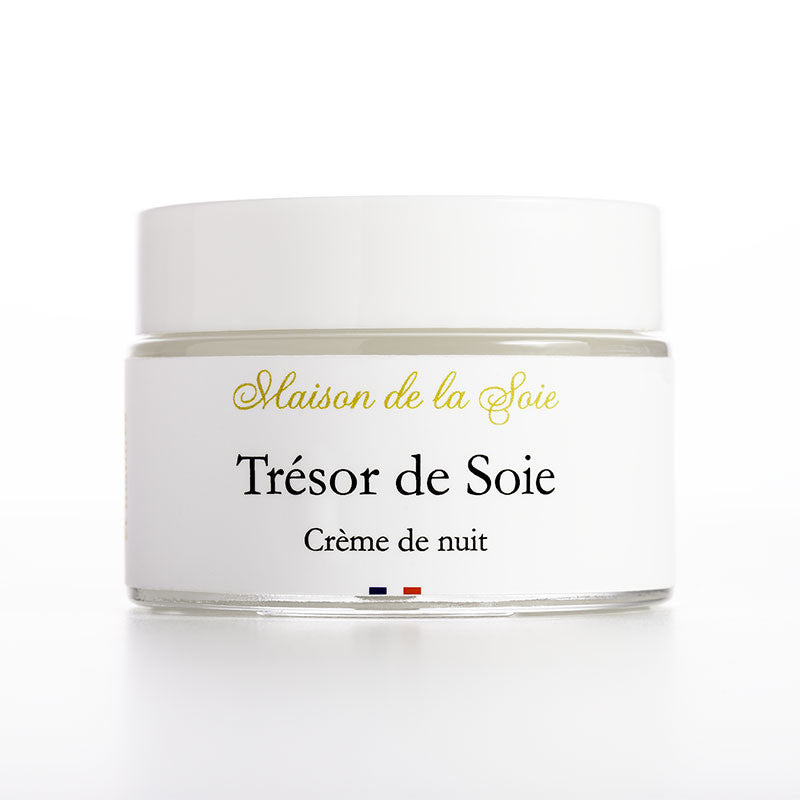

Leave a comment